
I wrote this article because when I started to develop on iOS this tutorial would have been a great help. The process to publish an app to the App Store can be confusing at first. But like everything else, once you know how it works it’s much clearer and you don’t spend time on it anymore.
I assume you already have a developer account and an app to submit. This article is written for iOS apps, working on Xcode 9.
NB: This article was originally posted on AppStoreMakers.com.
They are 2 main steps for an App Store submission:
- You need to create your app on iTunes Connect where you’ll need to enter some information (displayed on the App Store or needed for the review team).
- Upload the actual file, using Xcode in our case.
It’s not that complicated but it can feel a bit messy the first time. Here’s a guide to help you through the procedure.
1) Create your app on iTunes Connect
Go to iTunes Connect and login with your developer account. Select « My Apps » then click on the « + » sign on the upper left and choose « New app ».
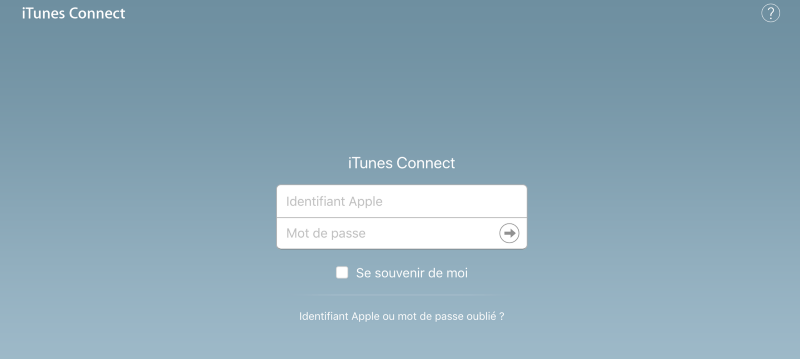
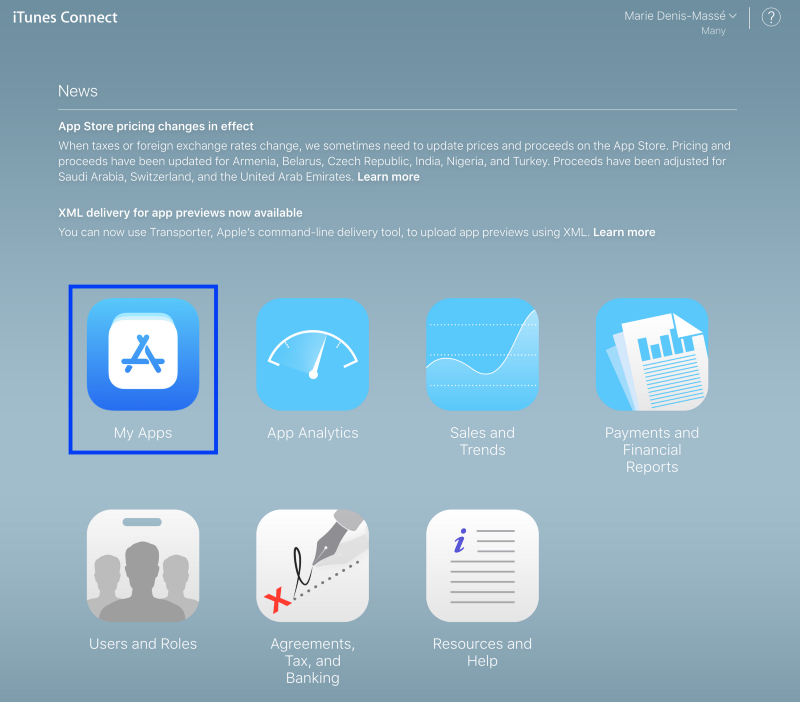
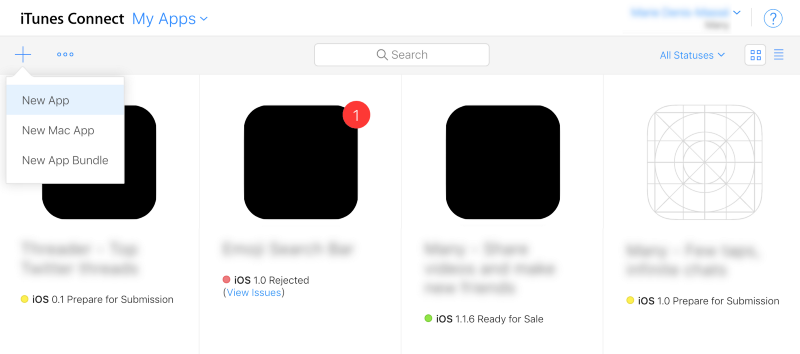
A. General information
You need to enter some information about your app.
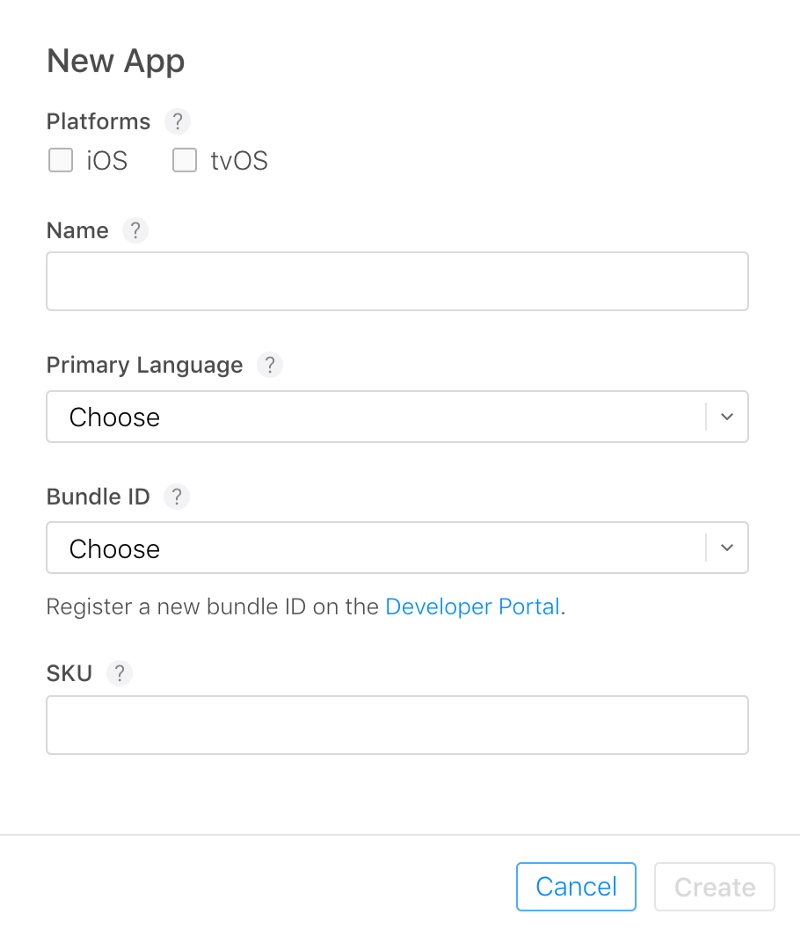
- Platform: simply the platform of your app.
- Name: simply the name of your app. It might be already taken. In this case, you can add a short sentence to make it different. Ex: If ‘Many’ is already taken, try ‘Many — Share videos with your friends’ instead.
- Primary language: that’s the main language of your app. If you translated it into several languages, you’ll be able to add these later don’t worry.
- Bundle ID: you can find it in Xcode in your target general info
- SKU: a unique ID. It won’t be public so it’s up to you to choose it. Personally, I often put my bundle ID.

B. Choose your categories
Now that you are on the ‘App Information’ tab of your app, you’ll find the information you just entered and some new ones you need to fill. One important thing is the ‘Category’ field.
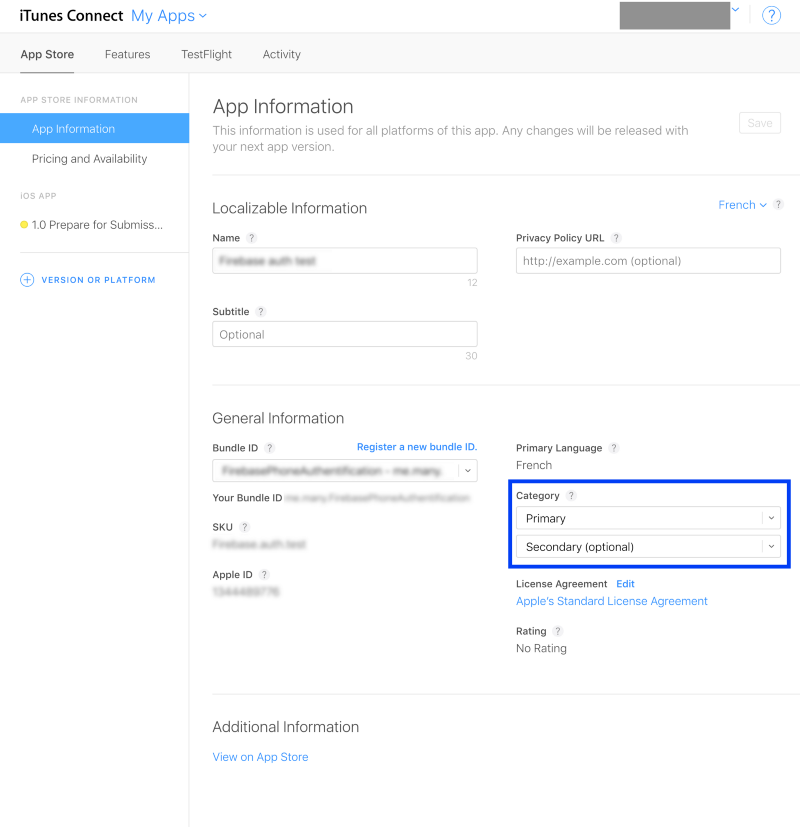
In my opinion, you need to choose it according to these 2 factors:
- Obviously the category of your app.
- The competition. If you app could fill in 3 categories, you may choose the 2 where there is less competition.
💡 Tip: On the App Store, go on the central bottom ‘Apps’ tab. Scroll until ‘Top Categories’ and click on ‘See All’. Now you see all the categories. Select each category you’re interested in and navigate through the top apps: these are you competitors.
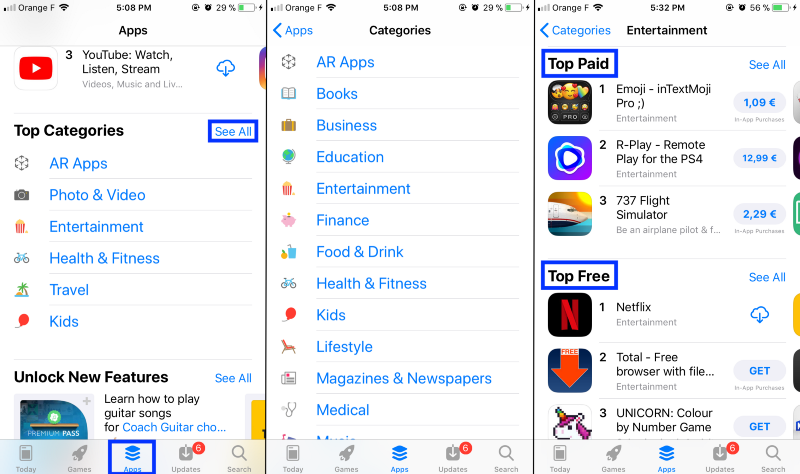
💡 Tip: Actually, choosing a second category is optional but one more category is potentially one more chance to be featured.
Don’t forget to regularly click ‘Save’ on the upper right corner.
C. Pricing and Availability
On the left, click on the ‘Pricing and Availability’ tab. Here you can enter the price of your app (free or paid). There is nothing much to say.
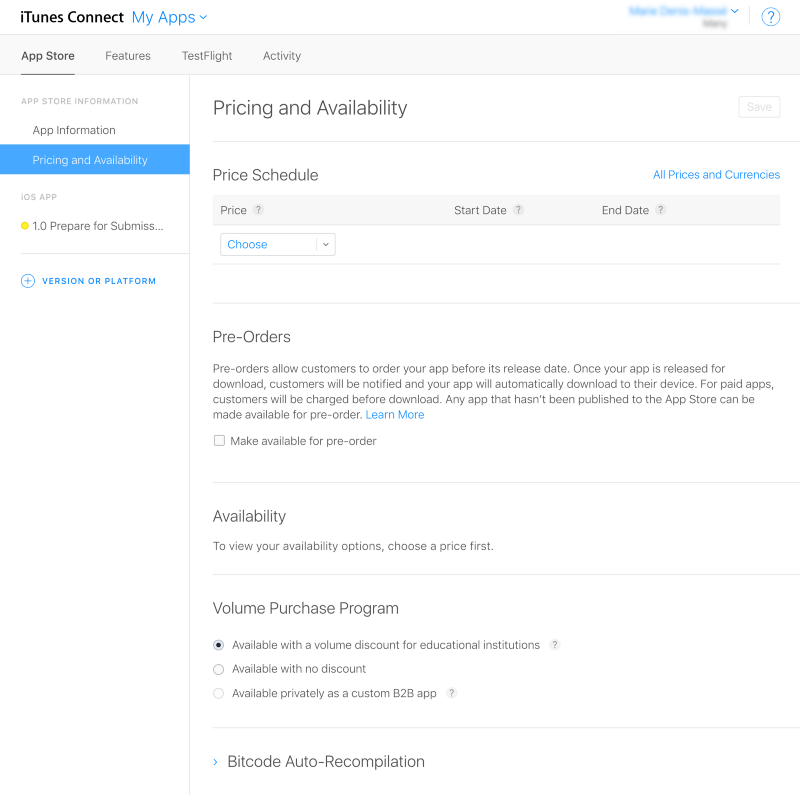
D. Prepare for submission
On the left, click on ‘Prepare for submission’. This is the biggest part actually.
- App previews & screenshots
As you can see, there are a lot of sizes but you don’t have to give them all. Click on ‘View All Sizes in Media Manager’. As you can see, 5.8” is optional, 4.7”, 4” and 3.5” can use 5.5” Display. Drag and drop 1242 x 2208 px screenshots (or 2208 x 1242 px in landscape) in the 5.5” Display section. You can upload up to 5 screenshots.
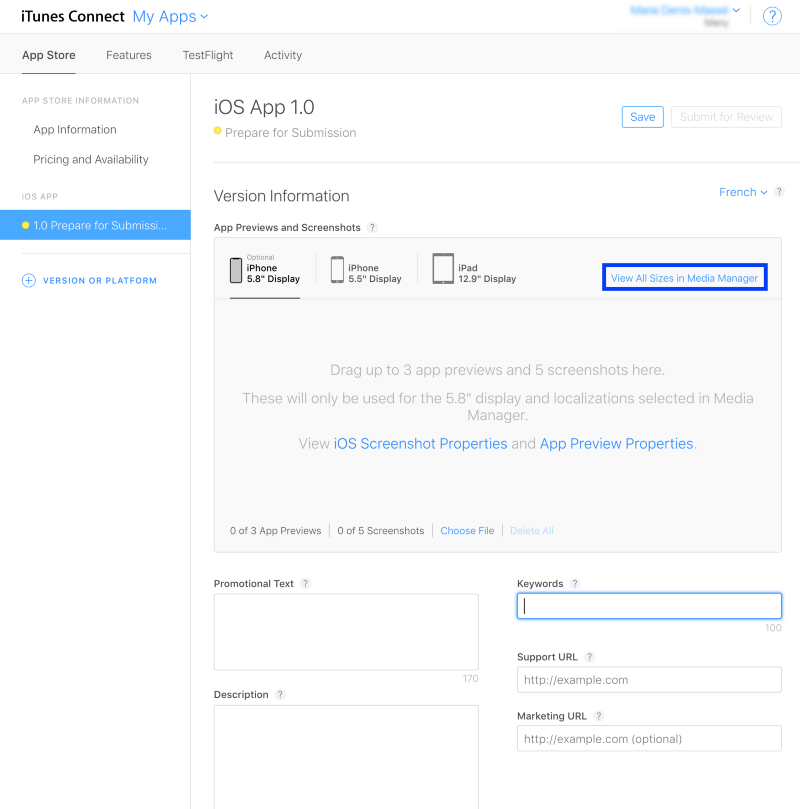
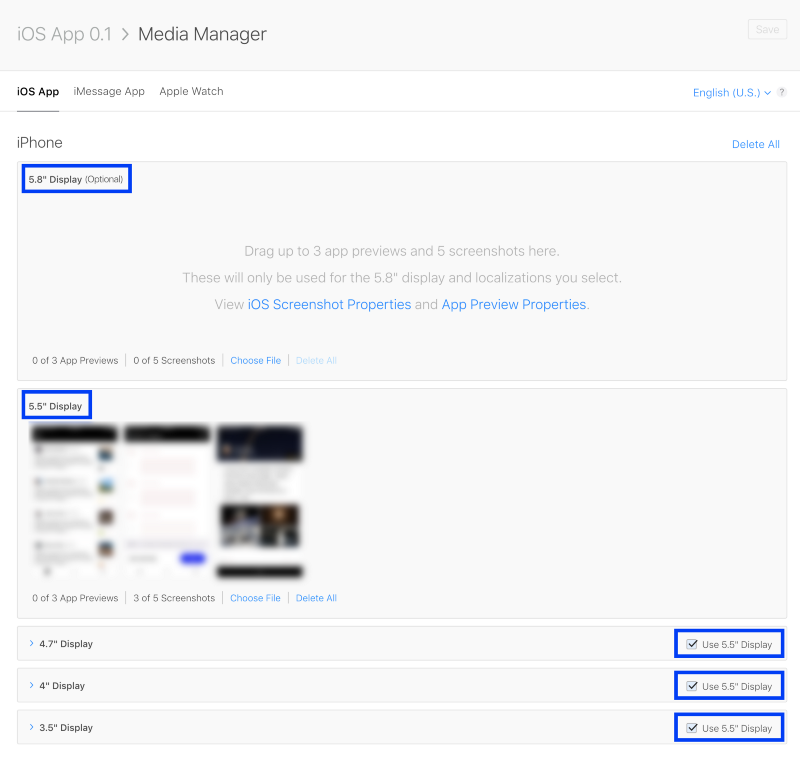
💡 Tip: Do upload 5 screenshots. This is important. It is your window display on the App Store and a communication support. The first one is the most important because when scrolling on the App Store, users can see your app title, subtitle, logo and first screenshot, so do it well.
What you put on it is up to you but I’d recommend clear images and little text. It needs to be easy to read and simply understandable. If it’s too complicated people will give up. Give them a reason to see more and download your app.
You can also add up to 3 previews, which are short videos (15 to 30 seconds). Use them to present your app. Don’t try to show how everything works, just the main functionalities. Just like before, the aim is to give the users a reason to download your app.
Like the screenshots, the required resolution is for the 5,5″ Display, others are optional. Your file can’t exceed 500MB. See all the specifications here.
- Promotional Text and Description
This is what users will see on the App Store. The promotional text will appear above the description. Unlike other fields, the promotional text can be modified without submitting an update.
- Keywords
Keywords are very important. They are linked to the search results in the App Store so you need to choose them carefully so people can find you (or you competitors apps). We’ll make a separate article on the App Store Optimization.
💡 Tip: To maximize the number of keywords, separate them with coma but without spaces (ex: social network,video,messaging,messenger).
- Support url
Don’t forget to fill an url where users can get information and contact you (this could be the contact section of your website for example).
- General App Information
Scroll down to the ‘General App Information’ section.
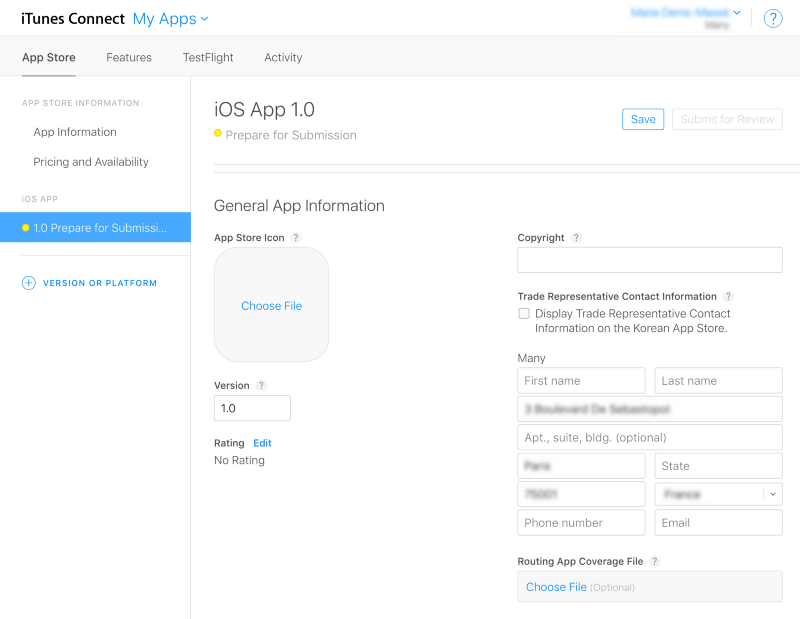
- You need an app icon with 1024 x 1024 px dimensions. You don’t need to upload it if you use Xcode 9 or later since it’s done automatically when you upload a build.
- Enter the same version as your Xcode project.
- Click on ‘Edit’ next to ‘Rating’ and enter the appropriate categories then click ‘Done’.
- Fill the copyright (ex: Copyright © Company-name Release-year)
- Enter your company information (name, address, phone, mail, etc).
- App Review Information
Scroll down to the ‘App Review Information’ section. This is meant for the review team who approves your app (or not).
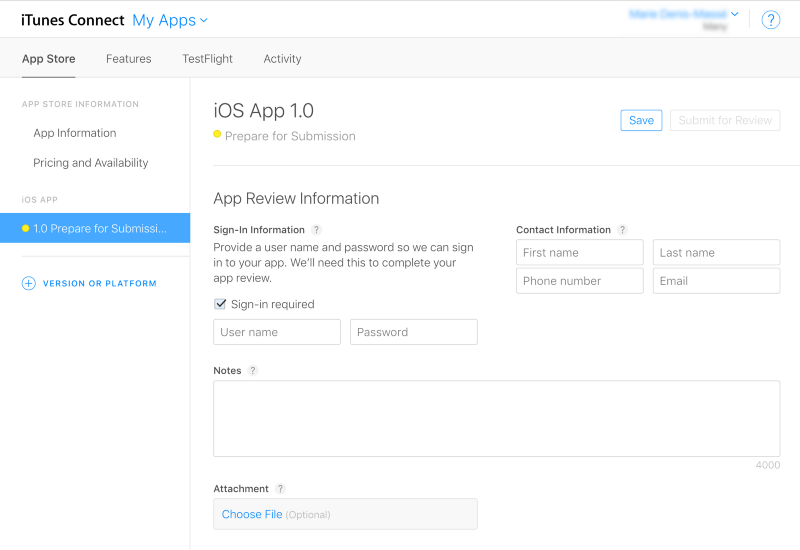
If we need to signup to use your application, you need to provide some credentials for the reviewer (so he doesn’t have to create an account). Fill the contact information with the information of the person in charge. This is the person the reviewer will reach if needed. Don’t hesitate to write some notes or add an attachment if you think it’s necessary.
- Version release
Scroll down to the ‘Version release’ section. Select the way you want to release your app once it is validated. You can publish it as soon as possible by selecting ‘Automatically release this version’. You might want to select ‘Manually release this version’ if you need to do something before the release (like making an announcement, publish an article or something else). If you are very well organized, that you have a specific release date and plenty of time before then, select the 3rd option and enter your date.
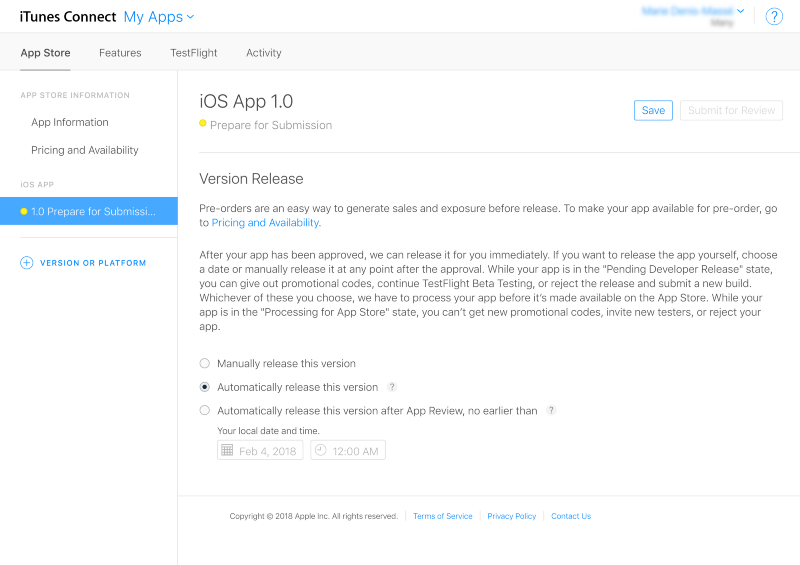
💡 Tip: Keep in mind that the submission process usually takes a few days (sometimes less, sometimes more). Also, you won’t necessary be validated; unfortunately you can also be rejected. Then you’ll need to submit a new build. You can’t be sure you’ll be able to release your app in 3 days for example. You need to take it into account in your planning, and so in the ‘Version release’ mode you select.
Don’t forget to click ‘Save’ on the upper right corner.
Verify that there is no issue highlighted in red (a screenshot missing or an empty field for example).
2) Submit a build with Xcode
The last step to submit an app is to actually upload the app.
A. Create the archive
Go to Xcode and select the General Info panel of your target. Enter the version and the build of your app.
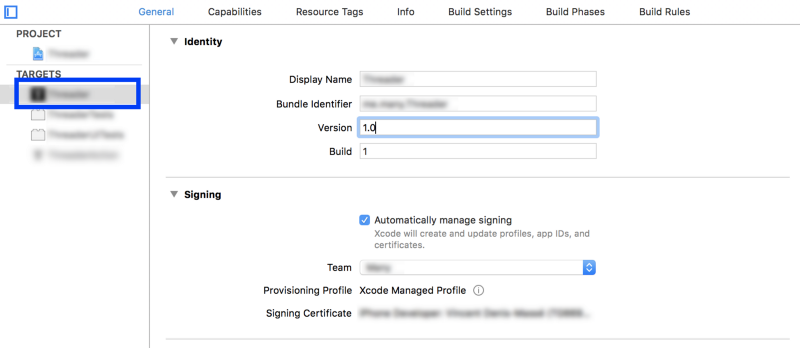
Run your app on a real device (not on a simulator). Once it’s done, go to the ‘Product’ menu then click on ‘Archive’. This can take a few minutes (you can see the progression bar in Xcode, just like when you build an app).
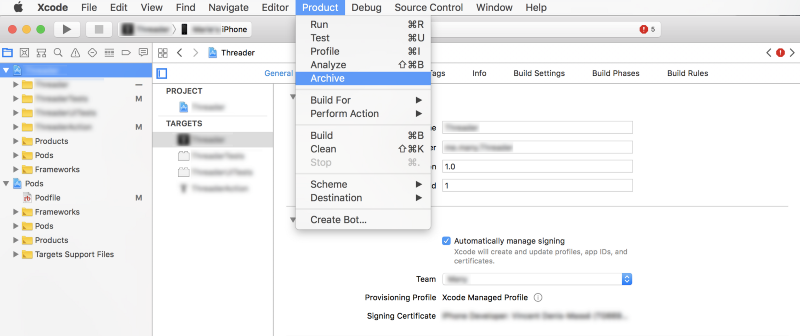
B. Upload the file
To access the archive, go to the ‘Window’ menu then click on ‘Organizer’. When the operation is done, you’ll see the archive in the window appear here. Select it then click on ‘Validate…’. Select your team then click ‘Choose’ then ‘Validate’.
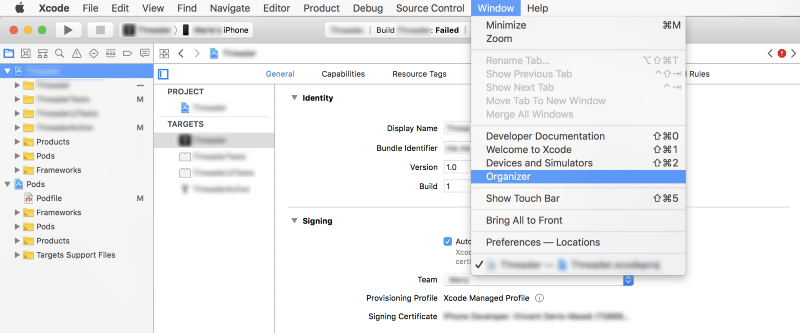
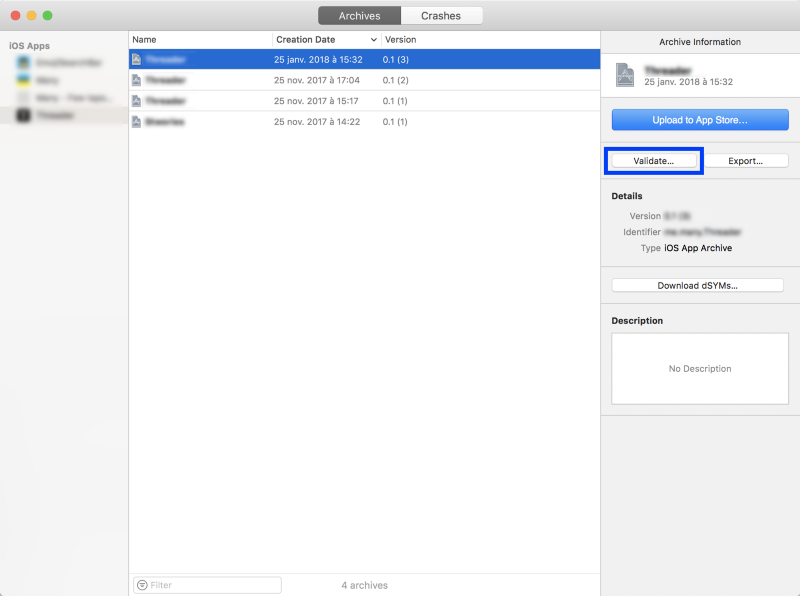
If some errors are displayed, you need to resolve them before going further. Then repeat the previous step. If everything goes well, select your app archive again and this time click on ‘Upload to the App Store…’. Just like before, choose your team then click ‘Upload’. You might need to resolve some errors again. If everything goes well, your archive has been uploaded.
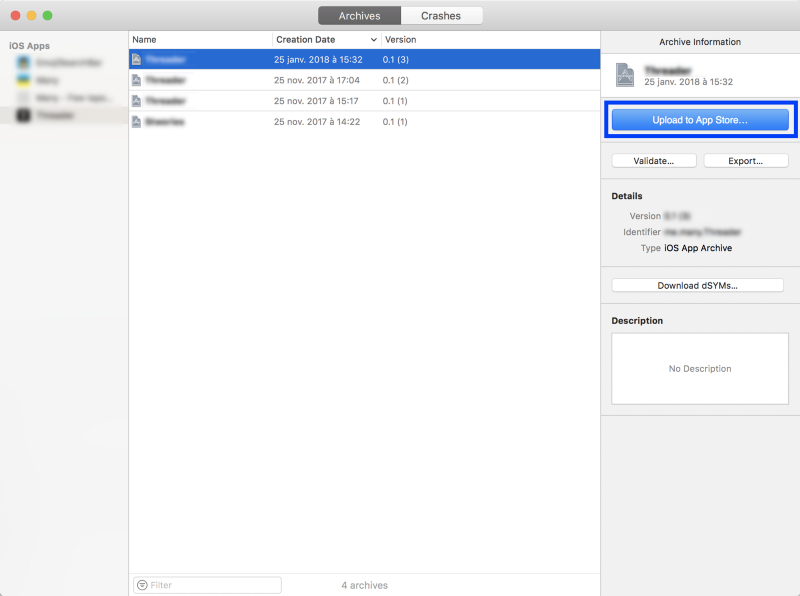
💡 Tip: The upload can be pretty long. And sometimes it’s not working. When Xcode displays an error, the problem can come from you but it can also come from Apple servers… In this case you can’t do anything but repeat the upload until it works. A good internet connection is a plus 😉
Now you need to wait. This can take some time before your build is actually visible on iTunes Connect.
C. Submit the build
Once it is, go back to iTunes Connect in the ‘Prepare for Submission’ menu. Scroll to the ‘Build’ section. Click on ‘Select a build’ and now you should see the one you just uploaded. Select it and click ‘Done’.
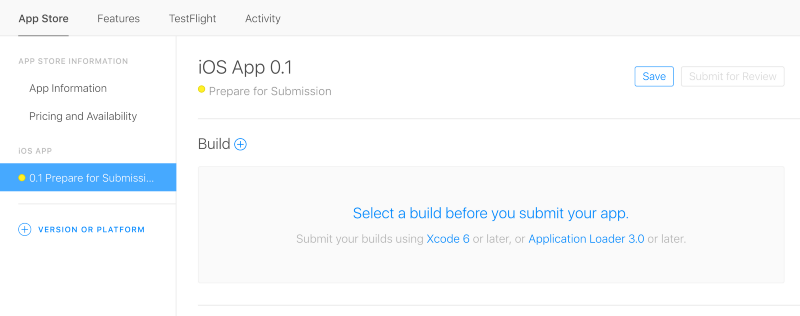
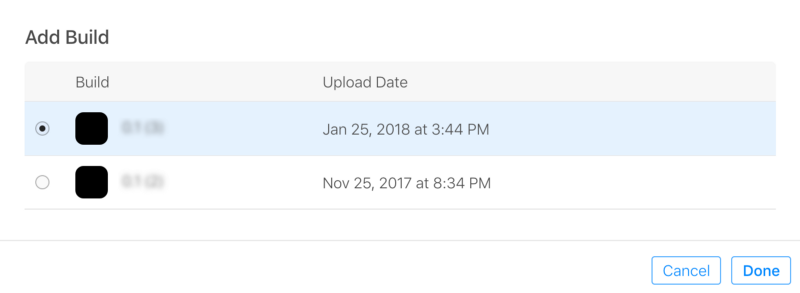
Click ‘Save’ on the upper right corner. Then click on ‘Submit for Review’. You’ll be asked a few questions. Click ‘Submit’.
💡 Tip: As said before, it might take some time before Apple has actually complete the processing of your build. So if you don’t see your build available on iTunesConnect, don’t worry and wait for a bit. You should receive an email to notify you when you the build is ready to submit.
D. Waiting For Review
You are FINALLY done. Your app is now in the ‘Waiting For Review’ stage. You will receive 2 emails:
- one when the team will start to review it, then your app will switch to the the ‘In Review’ state
- one when they are done, then your app will switch to the ‘Approved’ state
If your app is validated you have nothing to do except release your app if you selected the manual mode. You’ll switch to the ‘Processing for App Store’ state and then the ‘Ready for Sale’ state.
If you are rejected, you’ll receive a message in the Resolution Center (you’ll have a notification you can click on in iTunes Connect). In most cases, you’ll have to make some corrections on your app and submit a new build. Sometimes you just need to give more information and answer to an Apple employee so they can continue the submission process. Sometimes it’s more complicated… If you get rejected for a strange reason, don’t hesitate to tell us so we can share it with everyone. This can be useful to other people.
💡 Tip: When your app is released, it might take a few minutes before it’s actually visible on the App Store. And if you list your app link (on your website for example), don’t forget to update it.
Anyway, good luck with your app submission!
If you have any questions, send me a message on Twitter. Get notified when we post a new article here by subscribing to our newsletter.
Next step is to get featured on the App Store. And it’s actually not that complicated! I wrote another post to help you with that.